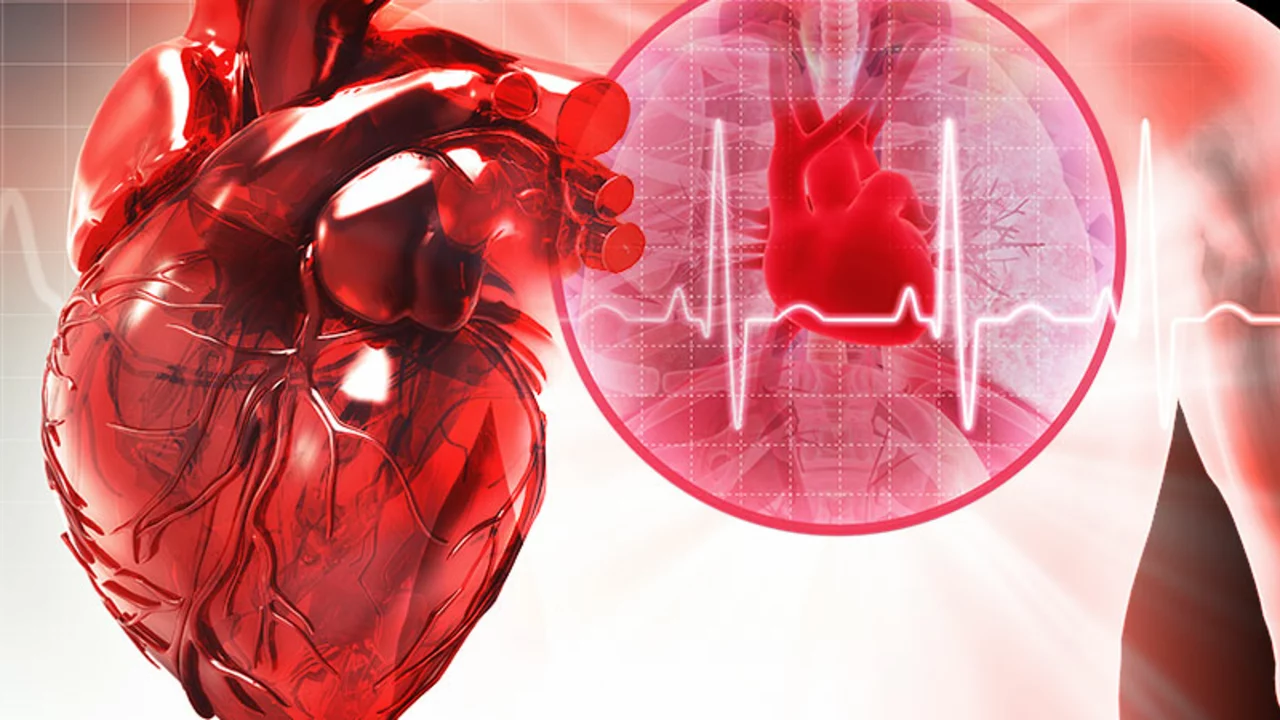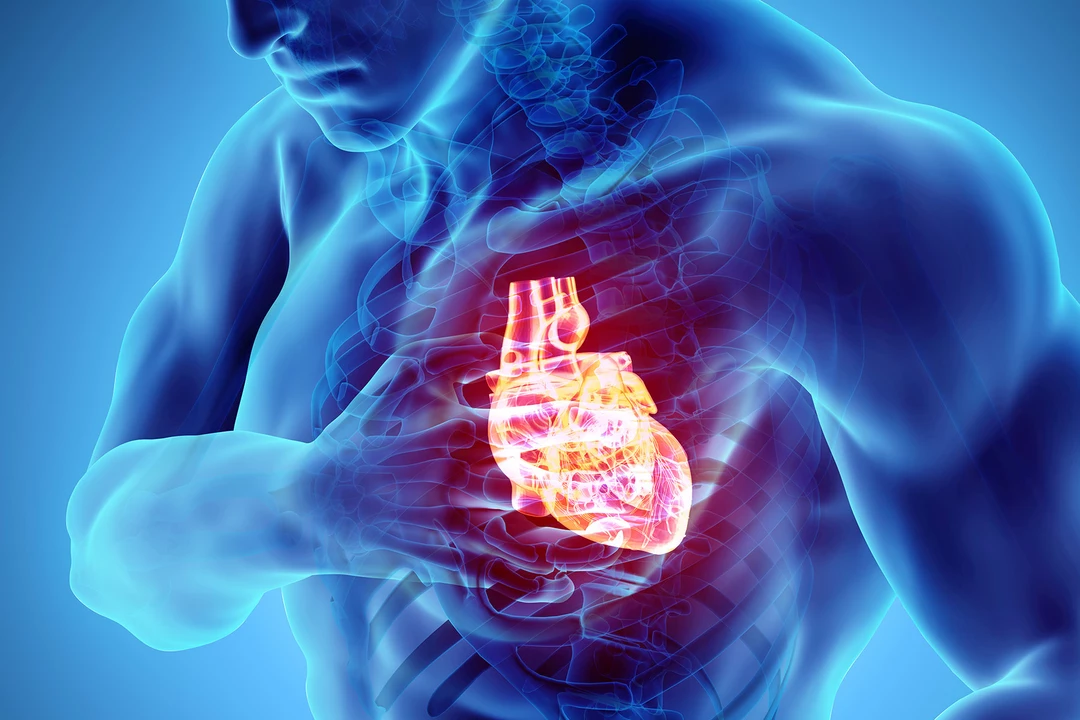Cardiac Arrest
When dealing with cardiac arrest, a sudden loss of heart function that stops blood flow to the brain and body. Also known as sudden cardiac death, it demands instant care. CPR, chest compression and rescue breaths performed by a bystander provides the artificial circulation needed until a defibrillator arrives. AED, an automated external defibrillator that analyzes heart rhythm and delivers a shock if required dramatically improves survival odds when used within minutes.
Cardiac arrest isn’t the same as a heart attack, though they often appear together. A heart attack (myocardial infarction) blocks blood flow to part of the heart muscle, while cardiac arrest hijacks the heart’s electrical system, causing it to stop beating effectively. This distinction matters because the emergency response differs: a heart attack might be treated with medication, but cardiac arrest needs immediate CPR and possibly a shock from an AED. Understanding the difference helps you stay calm and act correctly.
Key Signs and Immediate Actions
Typical signs include sudden collapse, no pulse, no breathing, and loss of consciousness. If you see someone slump and they’re unresponsive, check for normal breathing for no more than ten seconds. No breathing? Call emergency services right away—time is the most critical factor. While waiting for help, start CPR: push hard and fast in the center of the chest, about 2 inches deep at 100‑120 compressions per minute. Many people think you need to be strong, but even light, consistent compressions move enough blood to keep the brain alive.
Once an AED is available, turn it on and follow the voice prompts. Place the pads as shown, and the device will tell you if a shock is needed. The shock pauses compressions for only a few seconds, then you resume CPR immediately. This cycle of compressions, defibrillation, and breaths continues until professional help arrives or the person shows signs of life.
The success rate of cardiac arrest survival is steeply linked to how quickly these steps happen. Studies show that each minute of delay reduces survival chances by 7‑10%. That’s why many public places now install AEDs and train staff in CPR. If you’ve never practiced, consider a quick community class—most sessions teach you the basics in under an hour.
Beyond the immediate response, post‑resuscitation care is crucial. Hospitals will assess heart rhythm, provide advanced life support, and monitor for complications like brain injury. Early therapeutic hypothermia, where the body temperature is gently lowered, can protect the brain and improve outcomes. While this occurs after the emergency phase, knowing that such protocols exist reinforces the importance of the first minutes you can control.
For those trying to prevent cardiac arrest, lifestyle choices matter. Regular exercise, a balanced diet, controlling blood pressure, and avoiding smoking reduce the risk of underlying heart disease that can trigger an arrest. Regular check‑ups that monitor cholesterol and heart rhythm (like ECGs) catch problems early, giving doctors a chance to intervene before a sudden event.
Now that you know what cardiac arrest looks like, why it’s different from other heart issues, and what actions save lives, you’re better prepared to respond. Below you’ll find a range of articles that dive deeper into each of these topics—real‑world stories, detailed CPR guides, AED placement tips, and the latest medical research. Browse the collection to sharpen your knowledge and be ready to act when seconds count.
Can a strike to the chest stop the heart?

Kieran Fairweather
Jul, 26 2023Is it possible to predict and prevent a cardiac arrest?


